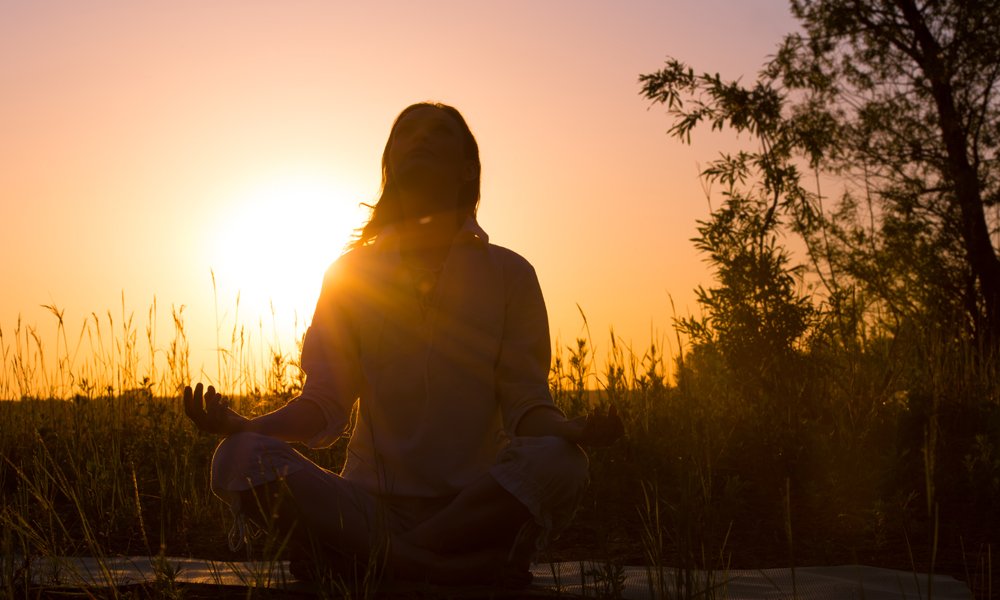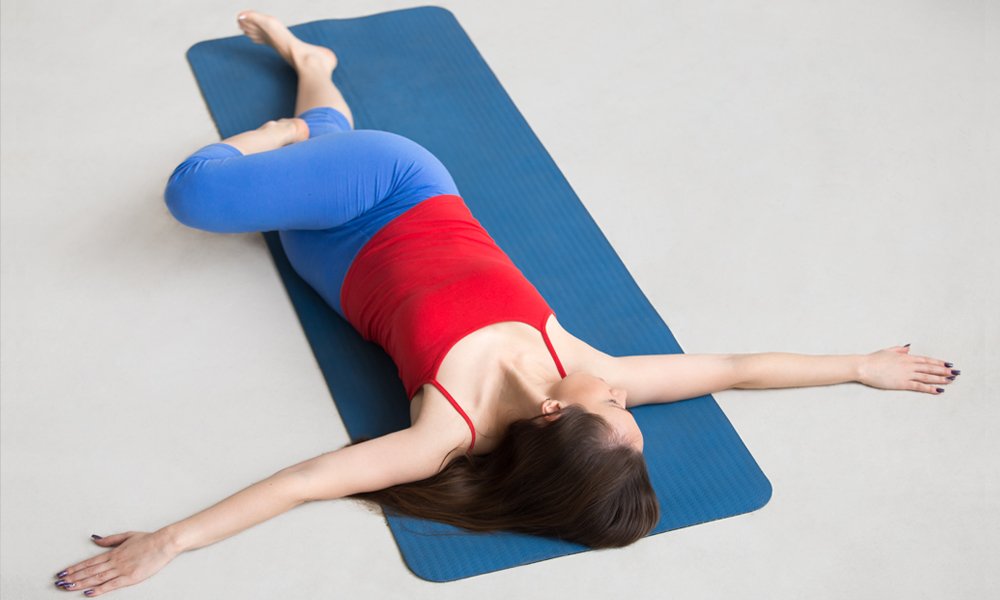I love a good evening yoga practice,
Evenings are ideal for winding down from a busy day.
Unless you have a large family…
Imagine enjoying dinner after a hectic schedule, watching some TV and spending a little time reading. In reality, however, many are juggling work, kids, family obligations and trying to catch up on household tasks in the evening.
Throw in too much screen time, and it can be exceedingly difficult to wind down for bedtime and get a good night’s sleep.
Contents
Reduce Bedtime Stress
If your day was busy, and you spend your evening juggling other responsibilities, your stress response might be high.
This means you often trigger the flight or fight response and the hormones that go with it. When you hit that point, slowing down mentally becomes difficult. While stress hormones are not always a bad thing, you do not want to deal with them when you are trying to get to and stay asleep.
Try to avoid technology a few hours before bedtime, and stay away from heavy food and caffeine as well. Intense exercise needs to be scheduled for daytime or early evening. In combination with these, try to add some yoga to your before-bed routine. The practice is calming, serene and can help your mind and body wind down so you can fall asleep.
The Benefits of Evening Yoga
Doing some yoga before bed can be extremely helpful in reducing stress and easing into sleep. You do not want to work on an intense flow yoga but instead on restorative yoga. You’ll practice floor-based poses enhanced to help encourage relaxation.
Embracing this type of yoga is going to help turn off the flight or fight mode and instead stimulate the parasympathetic nervous system to help your body rest, digest and relax.

Evening yoga does not have to include whole-body movements. Simple, smooth stretches and massage can relax you and get you ready for sleep. Often massage to areas like your hands, feet or arms is enough to get you quieted for nighttime.
You might be interested in our yoga and work explainer.
Nighttime Breathing
One significant benefit of evening yoga is that it gets you to breathe in a way that relaxes your body. It calms your central nervous system. In slowing your breathing, you can practice breathing into the diaphragm and stomach rather than drawing shallow breaths into the chest. Deep breathing helps reduce stress because it offers more oxygen.
This is another way to get the parasympathetic nervous system engaged and calm the body for sleep. Deep breathing can help no matter when you are trying to fall asleep, whether at bedtime, in the middle of the night or early morning, even when you want a few extra minutes of shut-eye.
Restorative Evening Yoga

1. Waterfall (Viparita Karani ) – Start your evening routine with this pose. Waterfall relaxes your lower body and calms your whole system. It focuses on the hamstrings, which can often be tight after you’ve been standing or sitting all day.
You can practice this pose on your bed or the floor and against a wall or your headboard for support.
- Lie flat on your back, then adjust to make sure your back is straight and extended.
- Pull your knees to your chest.
- Push your legs straight up until they are at a 90 degree angle to your body. You can bend your knees or keep them straight, depending on how you feel.
2. Happy Baby (Ananda Balasana ) – This pose flows from Waterfall and will reduce the tension in the lower back.
- Move from Waterfall by bringing your knees to your chest.
- Hold the outside of your feet with your hands.
- Extend your legs and make the knees wider with elbows moving to the inside of the thighs. Stretch as comfortable.
- Roll side to side or rock forward and backward to massage the lower back.
- Hold this pose for 10-to-15 deep breaths.

3. Twisted Roots (Vakrasana ) – This pose can twist out aches from long sessions at a desk or walking on a factory floor. It can also massage your digestive system to help your dinner settle before sleep. You can easily move to Twisted Roots from Happy Baby.
- Place heels on the floor or bed and bend knees up to the ceiling.
- Push on your heels, lift the hips and then twist the knees to the left or right.
- Bring your knees back to your chest as if you’re giving them a hug.
- Now open out your legs and twist them towards the opposite side.
- Spread your arms and gaze to the side opposite your knees to stretch the neck as well.
- Hold each side for 10-to-15 deep breaths.
4. Sleeping Butterfly (Baddha Koṇāsana ) – The perfect evening yoga pose to help loosen your hips and back.
- Sit up from Twisted Roots and place the soles of your feet together in front of you.
- Put pillows under your knees to support them if your pelvis is uncomfortable. You can also sit on a pillow.
- Breathe in and stretch your back upward
- Fold forward, beginning to curve the spine and neck as you bring your forehead to your feet.
- You want to feel a deep stretch without pain or discomfort. When you feel that stretch, stay for 10-to-15 deep breaths. As you breathe, imagine your breath going into your back.
6. Supported Child’s Pose (Balasana) – This is the final pose in the evening sequence. It stretches the hips and back while calming the nervous system.
- Sit on one end of a pillow, facing the rest of it.
- Place your thighs on either side with your sit bones against the heels of your feet.
- Fold your body forward to rest on the pillow and turn your head to the left or right while keeping your sit bones and heels together as much as possible. You can put a pillow between your heels if that helps.
- Relax down to the pillow, so it holds your weight and you can relax.
- Stay for 10-to-15 breaths, then turn your head the other way.
- Repeat at least once if you feel good.
Final Thoughts On Winding Down With Yoga
Winding down at the end of the day is not something that happens naturally for everyone. Practicing yoga can help to make bedtime more peaceful. Practicing a relaxing routine before bed can bring a sense of calm and peace so you can drift easily to sleep.



